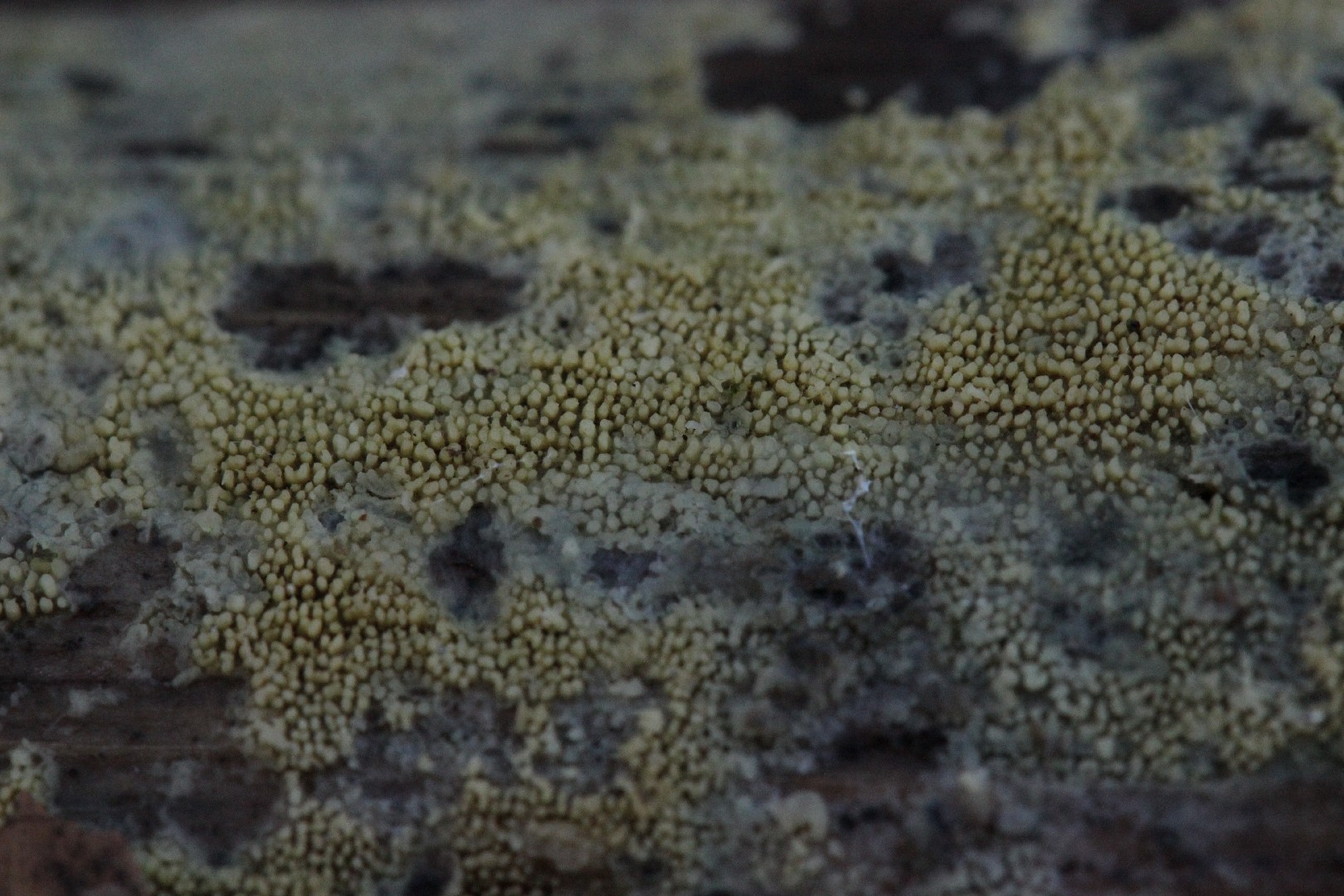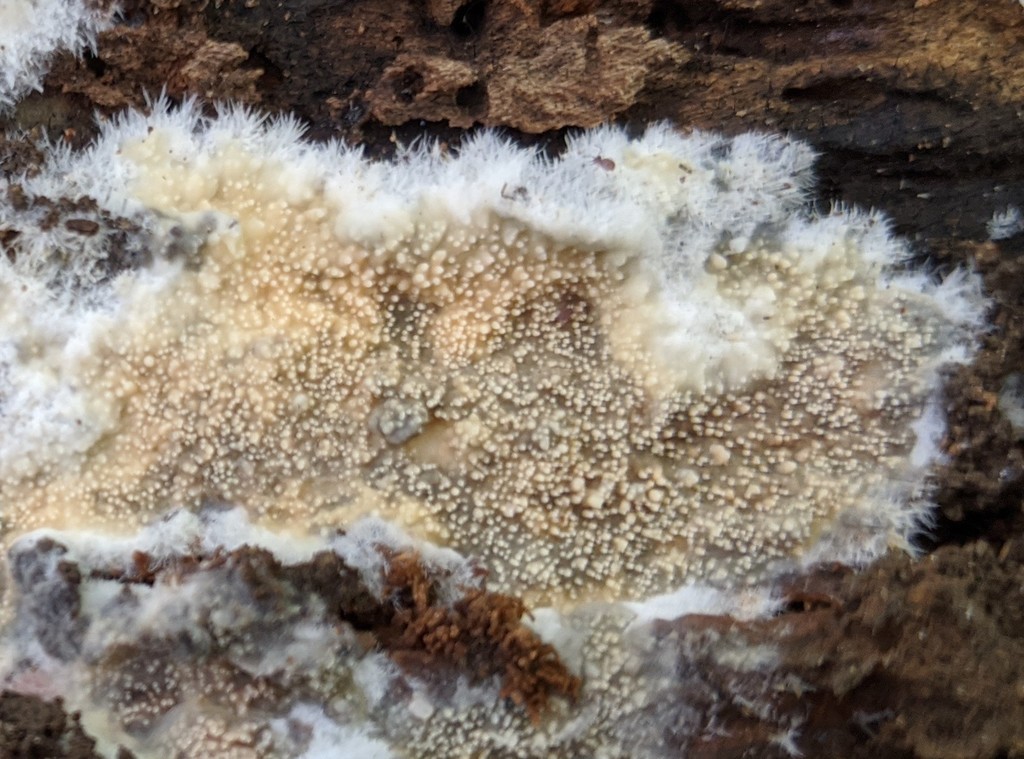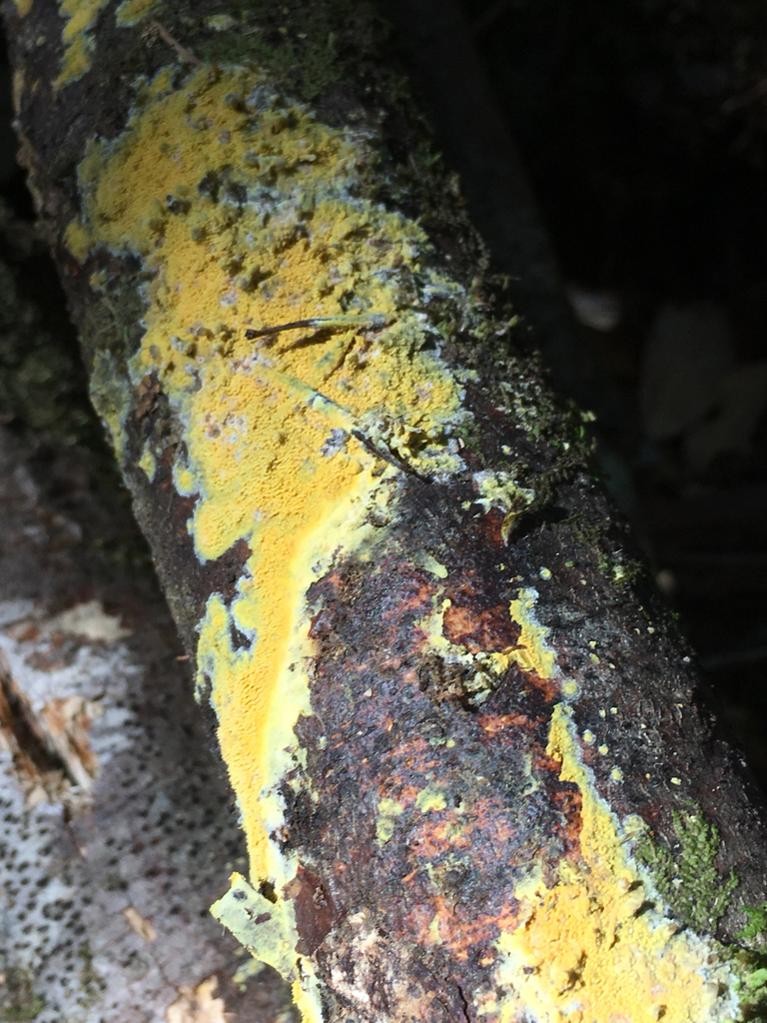Mycoacia
Scientific name: Mycoacia
Mycoacia
Scientific name: Mycoacia
 Photo By Björn S... , used under CC-BY-SA-2.0 /Cropped and compressed from original
Photo By Björn S... , used under CC-BY-SA-2.0 /Cropped and compressed from original Description
Mycoacia are fascinating fungi known for their unique appearance resembling small, bright-colored patches, often found on decaying wood. They produce intricate spore-bearing structures that can look like fine, velvet-textured layers. As part of their lifecycle, mycoacia play a crucial role in decomposing dead wood, recycling nutrients back into ecosystems.

